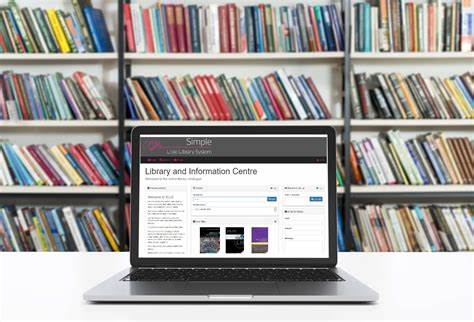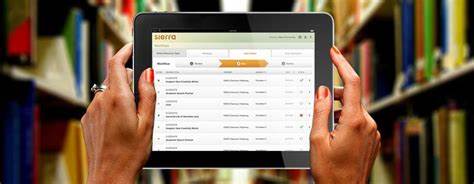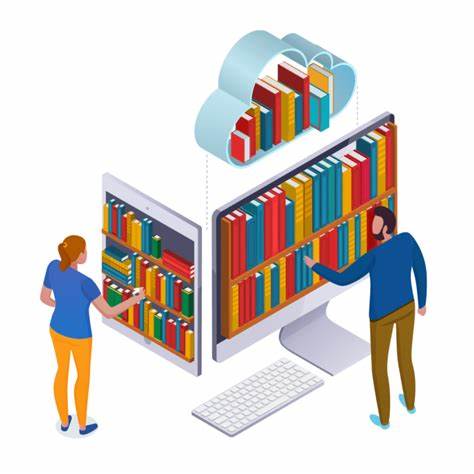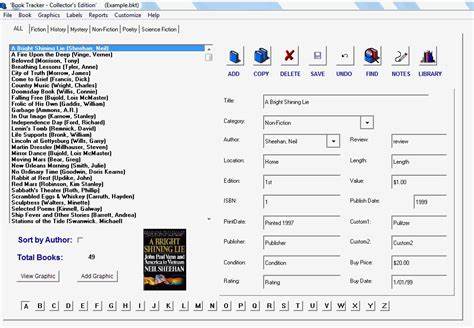
what is Library Software , types , meaning, defination, history, and characterstics
Abstract
Library software refers to computer programs and related data specifically designed for use by libraries to manage and organize their collections, patrons, and other library-related data. These systems can automate various library functions such as cataloging, circulation, and tracking of materials. The history of library software dates back to the 1960s and it has evolved to include features such as integrated library systems (ILS), which combine multiple library functions into a single system, and web-based systems, which allow patrons to access library resources remotely. Nowadays, many library software systems are web-based, open-source and provide a wide range of functionalities such as online catalog, digital content management, circulation, acquisitions, serials management, and reporting.

Introduction
Library software refers to computer programs and related data specifically designed for use by libraries to manage and organize their collections, patrons, and other library-related data. These systems can be used to automate various library functions such as cataloging, circulation, and tracking of materials. Some examples of library software include ALEPH, Koha, and Sierra. These systems can be web-based or installed on local servers, and they provide a wide range of functionalities, such as cataloging, circulation, acquisitions, serials management, and reporting.
History
The history of library software dates back to the 1960s when the first automated library systems were developed. These early systems were primarily used for cataloging and circulation of materials.
In the 1970s and 1980s, more advanced library automation systems were developed, which included features such as online public access catalogs (OPACs) and the ability to connect to external databases.
In the 1990s and 2000s, library software evolved to include features such as integrated library systems (ILS), which combined multiple library functions into a single system, and web-based systems, which allowed patrons to access library resources remotely.

Nowadays, many library software systems are web-based, and they provide a wide range of functionalities such as online catalog, digital content management, circulation, acquisitions, serials management, and reporting. They also frequently use the open source model, allowing libraries to access the source code and make modifications to the software to better suit their needs.
Overall the history of library software has been one of progress, with newer software systems providing libraries with more advanced tools for managing and organizing their collections, patrons, and other library-related data.
Need of LIS software
The need for library software arises from the need to efficiently manage and organize the vast amount of information and resources in a library. Without library software, libraries would have to rely on manual methods for cataloging, circulation, and tracking of materials, which can be time-consuming, error-prone and not cost-effective.
Library software provides a variety of benefits including:
- Automating repetitive tasks, such as cataloging and circulation, freeing up staff time for other tasks
- Providing access to library resources through online catalogs, which can be accessed remotely by patrons
- Keeping track of library materials and their availability, reducing the chance of lost or overdue items
- Enabling libraries to track and analyze patron usage and borrowing patterns
- Helping libraries to manage their budgets and resources more effectively
- Facilitating the sharing of resources between libraries through interlibrary loan systems
- Providing libraries with the ability to easily backup and restore data in case of data loss
In summary, library software is essential for the efficient management and organization of library resources, and it helps libraries to provide better services to patrons, maintain and improve their collections, as well as to be more cost-effective.
The requirements for library software can vary depending on the specific needs of a library, but some common requirements include:
- Cataloging and classification: The ability to catalog and classify library materials using established standards such as MARC, Dewey Decimal Classification, or Library of Congress Classification.

- Circulation and check-out: The ability to track and manage the circulation of materials, including check-out, check-in, and overdue notifications.
- Online Public Access Catalog (OPAC): The ability to provide an online catalog that allows patrons to search for and access library materials remotely.
- Acquisitions and serials management: The ability to manage the acquisition and receipt of materials, including ordering, invoicing, and tracking of serial publications.
- Reporting and analytics: The ability to generate reports on various aspects of library operations, such as circulation statistics, patron usage, and materials inventory.
- Security and data protection: The ability to ensure the security and privacy of patron and library data, and the ability to backup and restore data in case of data loss.
- User interface and ease of use: The software should be easy to use for both staff and patrons, with a clear and intuitive interface.
- Scalability: The software should be able to handle a large number of items and users, and should be able to grow with the library’s collections and usage.
- Integration: The software should integrate with other library systems and software, such as digital asset management systems, ILS, and electronic resource management systems.
- Technical support and training: The software vendor should provide adequate technical support and training to ensure that the library staff can effectively use and maintain the software.
These are some common requirements that a library software should meet, however, depending on the size and complexity of the library and its collections, the requirements may vary.
Types of Library Softwar
There are many different types of library software, each designed to meet specific needs and requirements. Some common types include:
- Integrated Library Systems (ILS)

- Library Services Platforms (LSP)
- Digital Asset Management Systems (DAMS)
- Electronic Resource Management Systems (ERMS)
- Knowledge Management Systems (KMS)
- Library Portal Software
- Library Automation Software
- Library Management Software
- Library Catalog Software
- Library Database Software
It’s worth noting that some software systems may encompass multiple types, and new types may be developed.
There are many library software systems available, some popular options include:
- Koha
- Evergreen
- Symphony
- Alma
- Polaris
- Library.Solution
- Spydus
- Libsys
- LibLime Koha
- Aspen Discovery
- Alexandria
- Follett Destiny
- SIRSI Dynix
- TLC Library.Solution
It’s worth noting that this is not an exhaustive list and new software systems are constantly being developed and made available.
Library software typically includes modules for cataloging, circulation, acquisitions, and patron management. Additional modules may include:
- Reporting and analytics
- Serials management

- Interlibrary loan management
- Electronic resource management
- Self-checkout and RFID integration
- Mobile access and remote circulation
- Web-based access to the catalog
- Automatic authority control
- Database integration
- Digital asset management
- Web-based catalog access
- Web-based administration
It also includes features like automated overdue notices, barcode scanning, and integration with library management systems.
